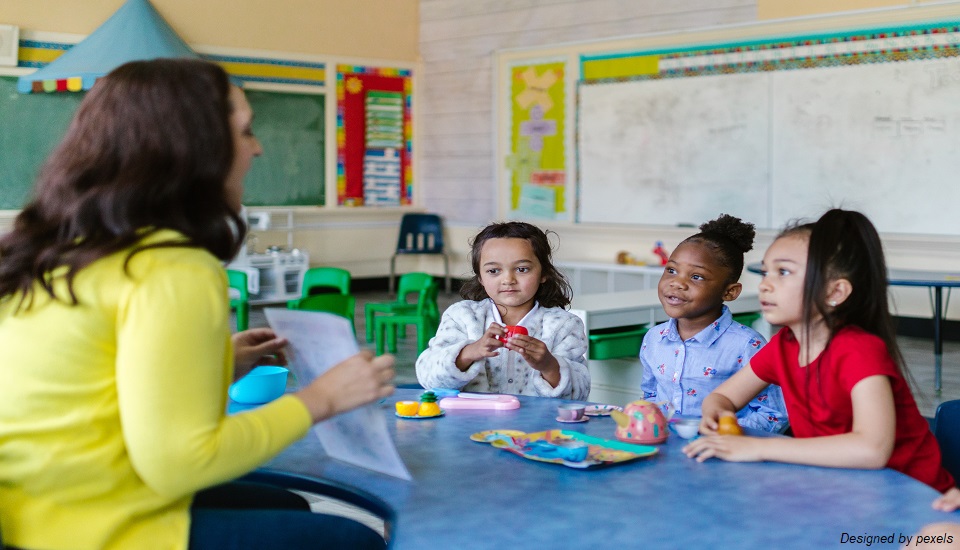
How Will You Support the Communication of Children in Preschool?
Are you looking for a career in preschool teaching?
If yes, you must know that preschoolers need regular opportunities to take part in activities that will aid them to adopt new skills and also practice those that are already there in a fun and supportive environment.
If you think that you are not skilled enough to handle children in a preschool or know methods to enhance their communication skills for the purpose of language learning, you can take up a course in Bachelor of Education in Pre and Primary Education and adapt the skills that are required to support the Communication of Children in Preschool.
As you already know that effective communication is an essential part of leading a child to express themselves, develop social relationships, and also their learning. As a part of your daily work, you should plan and implant opportunities for teaching language and communication skills throughout the day. This is important for promoting language and communication in young children.
Reflecting on Language and Communication in Preschool
When you are aware that your environment directly contributes to the learning of your children, you should start by reflecting on the development of language and communication of your children in your class. You can make observations communicate with families, take part in developmental screening and evaluate the information you collect, and ask questions regarding the development of each child and their interests and discoveries they make.
Here are a few examples:
- What is the character of the child’s language? What is the category and length of sentences does he or she use?
- What kind of language does the child speak at home? Which language does the child respond to mostly?
- How does each child communicate that he or she is hungry, tired, bored, or ready for play?
- How does the child express them emotionally?
- How do the children communicate with adults or peers?
By asking the above questions, you have the chance to learn how a child acquires language and communication skills while keeping in mind other areas of development, culture, and temperament. This process will aid you in collecting information to pass a helping hand for and development of responsive environments as preschoolers adapt language skills and grasp more complicated ways to make communication.
Providing a Language- and Communication-Rich Classroom Environment
Let’s take a look at the components of language- and communication-rich classroom environments:
Responsive adults: You must be responsive to the language of children and work on their ideas and interests. When children speak incorrect grammar, just respond to them with the correct sentence. For example, if Julia says, “My grandma gived me a book,” you could simply respond, “It’s so nice your grandma gave you a book. What’s it about?”
Frequent use of developmentally appropriate models: Teachers need to hear, listen to, and use language all throughout the day. When you use language i.e. above the child’s literacy level, you are encouraging development. You should also make sure that you are aware of the complexities of the language you use while communicating with young children.
Environmental print and books: Always allow children to read and see a lot of books and print them all around the classroom. It will make children read frequently, label classroom spaces or objects, and label in different languages that represent the backgrounds of children in your classroom. In short, make lots of books available to children all around the classroom.
Family involvement: You must accept that parents are the first teachers of children and also the most critical ones. Including families in the development of communication in children is essential for learning.
Repetition: Repetition is important as it provides children with frequent language models, especially while teaching new vocabulary words. Classrooms that are rich in language, repetition takes place quite often. Teachers use the same words in different unique ways to describe daily routines or events, feelings, etc. Repetition makes way for various opportunities for children to grasp new words. It is also considered crucial while teaching new concepts.
Communication and development of language at all stages is a complicated process and involves various fields of development, such as cognitive skills, and is strengthened by input from various kinds of environments like family, peers, caregivers, experiences, activities, etc. Communication and language help us think, learn, problem-solve, remember and understand what we experience.
So, if you are looking to be a part of helping pre-school children in developing language and communication, a course on Bachelor of Education in Pre and Primary Education will be of immense help. So, wait no more and enroll!

